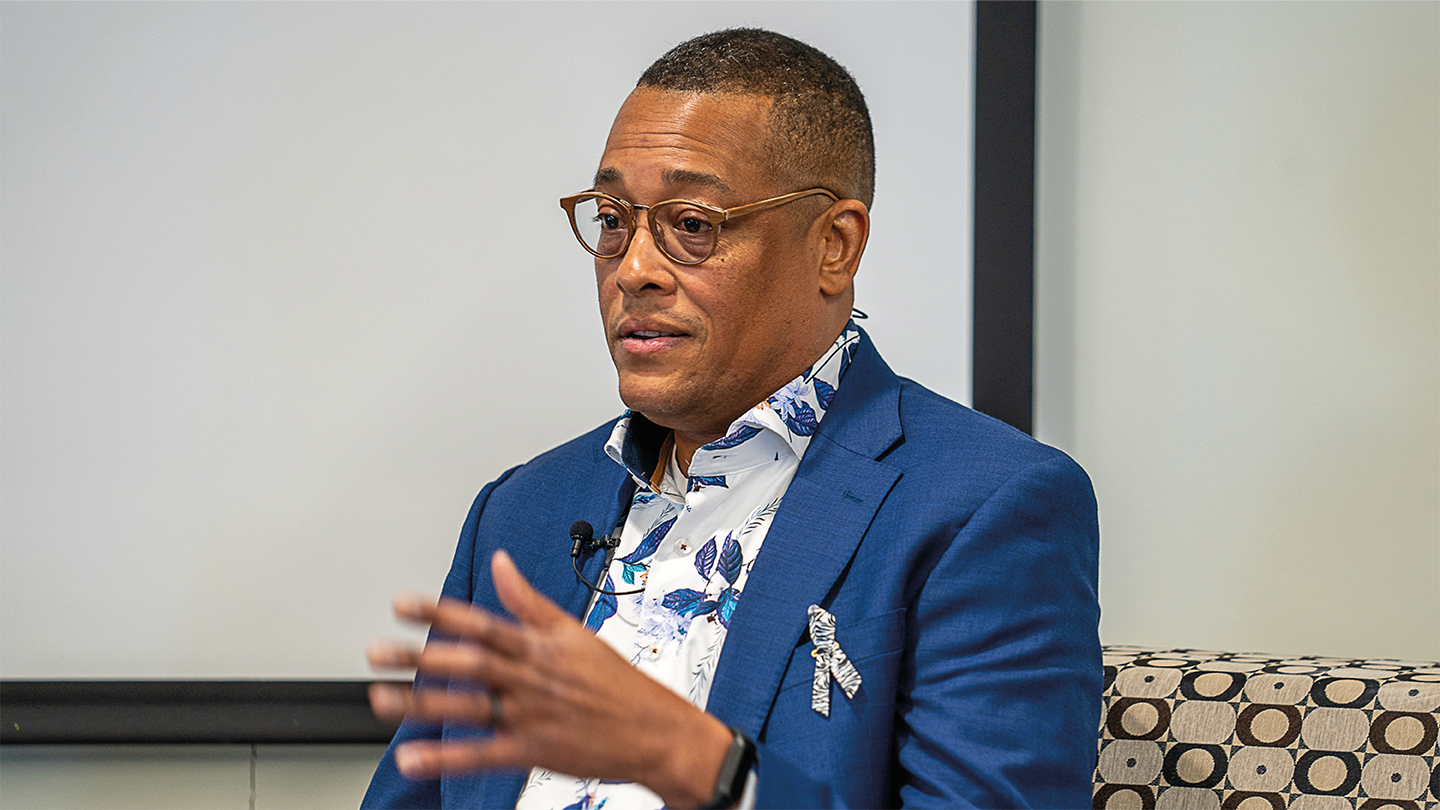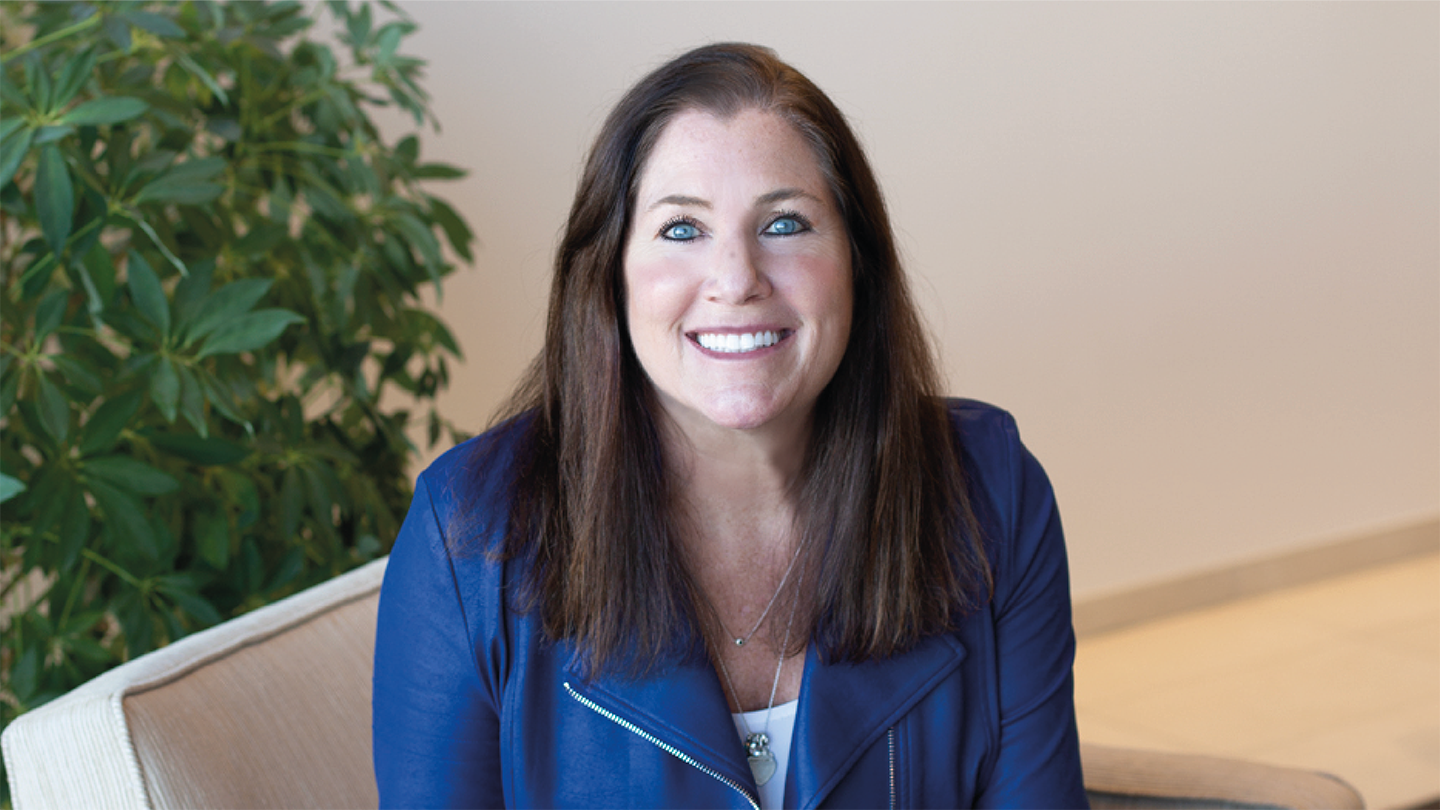
More than 10,000 rare diseases have been discovered to date, which together affect around 300 million people worldwide. Diagnostic improvements – along with dedicated patient advocacy – are key in improving patients’ lives.
Among these conditions, sickle cell disease stands out as both a rare genetic disorder and the most common inherited blood disorder in the US. To learn more about the current landscape and what the future holds, we spoke with patient advocate Kevin Wake, rare disease policy expert Mason Barrett, and blood and cell technologies leader Jackie Kunzler.

What are the most pressing diagnostic hurdles you see for sickle cell and other rare hematologic disorders, and how do these challenges impact patient care?
Mason Barrett: All US states screen newborns for sickle cell disease and beta thalassemia, which is a huge advantage in ensuring widespread early diagnosis. Some states also test for other hemoglobin disorders, but less consistently.
Rare hematologic conditions can be hard to diagnose due to varied symptoms and a shortage of specialists. Genetic testing, especially sequencing, remains difficult to access due to coverage limitations.
Kevin Wake: Limited awareness and education contribute to delayed or missed diagnoses, leading to untreated complications and permanent organ damage. Bias and disparities, especially in black and underserved communities, further extend diagnostic delays, result in undertreatment, worsen outcomes, and erode trust in the healthcare system.

What strategies have you found most effective in engaging both patients and healthcare providers to raise awareness and support for enhanced diagnostic tools in the rare disease landscape?
MB: Patients affected by difficult diagnoses and dedicated providers are passionate about improving care. The key is giving them ways to engage, such as action alerts on policy changes, meetings with policymakers, and outreach through education and social media. Policymakers value their firsthand experiences, and our role is to amplify their voices.
KW: I help empower patients through education and self-advocacy skills to help foster improved provider interactions and learnings. I also foster partnerships between advocacy groups, community organizations, and healthcare providers to co-develop programs, study endpoints, and care pathways.

What are the most significant barriers at the policy level that hinder rapid innovation in rare disease diagnostics, and how might cross-sector collaborations help overcome these challenges?
KW: Today, there are various regulatory hurdles, limited funding, lack of patient data registries, and reimbursement issues slow innovation. To overcome these challenges and improve rare disease outcomes, we must unite patient groups, policymakers, researchers, and other stakeholders.
MB: Following Kevin’s point, in May 2024, the FDA issued a final rule requiring pre-market approval for lab-developed tests (LDTs), making it harder to bring new tests to market quickly. Newborn screening programs are already struggling with these challenges. The Association of Public Health Laboratories offers a comprehensive resource on this issue.
Another key concern is the retention and secondary use of residual dried blood spots (DBS) from newborn screening. These samples are crucial for developing new screening tests, as they help labs refine and implement new diagnostics. A recently published a white paper provides more information on this topic.
Jackie Kunzler: I’d also like to add to Kevin’s point: collaboration across industries – corporations, patients, advocacy groups, and government – is essential for rare disease innovation. Key challenges include access to care for vulnerable populations, patient education, reimbursement, and regulatory requirements.
Could you share examples of initiatives that have successfully fostered improvements in rare disease diagnostics?
MB: Rare disease patients often wait five to seven years for a correct diagnosis, enduring multiple provider visits, tests, and care sites, which can be an emotionally and financially draining process. We call this “the diagnostic odyssey.”
While better diagnostic tests are needed, patients struggle to access existing resources. Rare disease specialists are often few, located far away, out of network, or have long wait times. Telehealth helped improve access during COVID-19, but many states have rolled back flexibilities, limiting its reach. Expanding telehealth access again could greatly benefit patients.
In diagnostics, genetic testing and genomic sequencing can really speed up the process, but insurance coverage is inconsistent. Even when covered, prior authorization and appeals processes cause delays.
Newborn screening has improved early diagnosis, but challenges remain. The growing availability of cell and gene therapies could make more conditions eligible for newborn screening, but state programs struggle to add more than one or two conditions per year due to limited resources. Expanding program capacity is crucial to keeping up with medical advancements.
Biomarker testing can also assist in both diagnosis and treatment selection. Some states now require insurers to cover this testing, helping patients receive more effective care.
How has your personal experience shaped your views on the critical gaps in rare disease diagnostics?
JK: As Head of Research and Development, and with personal experience with diseases like Alzheimer's, von Willebrand disease, and biliary atresia, I am deeply committed to solving rare diseases. I believe blood and cell therapies hold real potential to make a difference.
KW: My experiences with provider bias, lack of awareness, and inconsistent sickle cell care have shaped my perspective on healthcare gaps. As a patient advocate, I see daily the inequities patients face, with many new opportunities remaining out of reach.
Which emerging technologies are you most excited about for enhancing the accuracy and efficiency of diagnostics in rare diseases?
MB: Rapid whole genome sequencing offers a lot of promise for our community. This technique is becoming less expensive, faster, and easier for patients to access, and we look forward to growth in that space.
KW: There are several cutting-edge technologies transforming rare disease care. CRISPR and gene editing offer hope for modifying sickle cell disease and other genetic conditions. I also believe that AI can assist patients and researchers by improving education and data collection. These advancements may reduce diagnostic delays, enhance early detection, and personalize treatments.
Where do you see the field in the next decade?
Kunzler: So many great advancements are now bringing hope to patients. For instance, innovation in cell and gene, Car-T, and fine separation are sure to bring about better options for those living with rare diseases. Our ability to target those circulatory bad actors is continually improving.
MB: In today’s shifting research and regulatory landscape, it's hard to predict the future. While there are exciting opportunities to improve diagnostics, success depends on thoughtful implementation, proper support for providers and technicians, and clear communication with patients. A strong workforce, sufficient resources, and well-planned follow-up care are essential to ensure patients can access the providers and treatments they need. Despite challenges, this is an exciting time for diagnostics.
Kevin Wake is Sickle Cell Disease Warrior and President of the Uriel E. Owens Sickle Cell Disease Association of the Midwest.
Mason Barrett is Policy Analyst at the National Organization for Rare Disorders (NORD)
Jackie Kunzler is R&D Senior Vice President at Terumo BCT.




